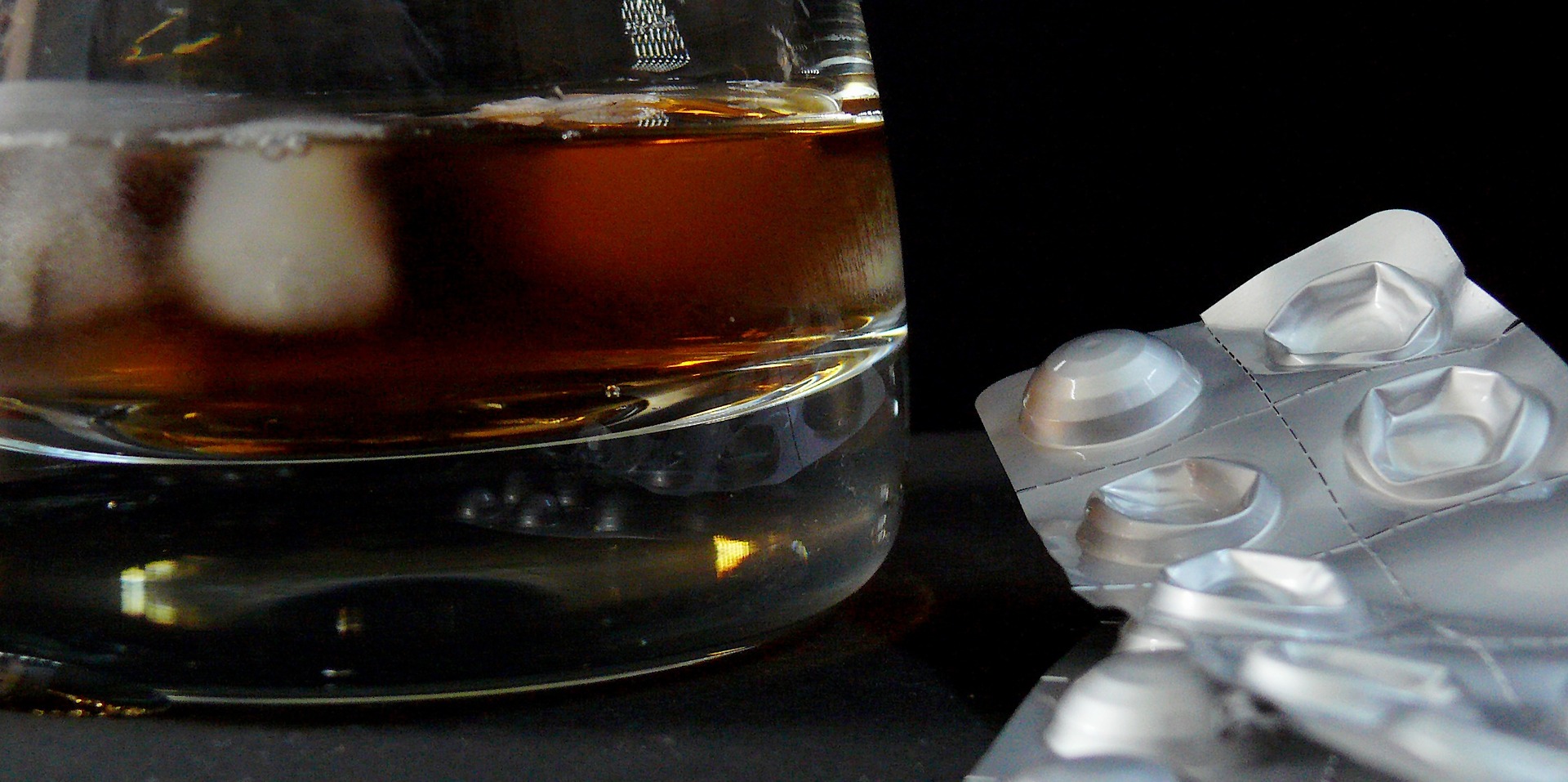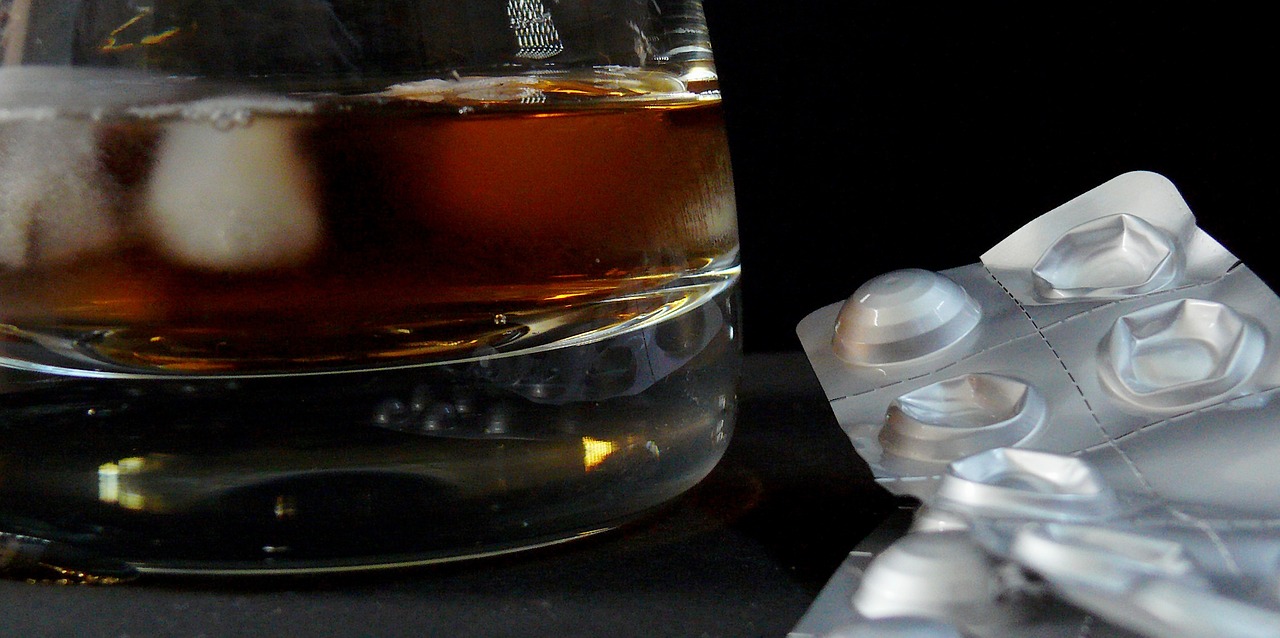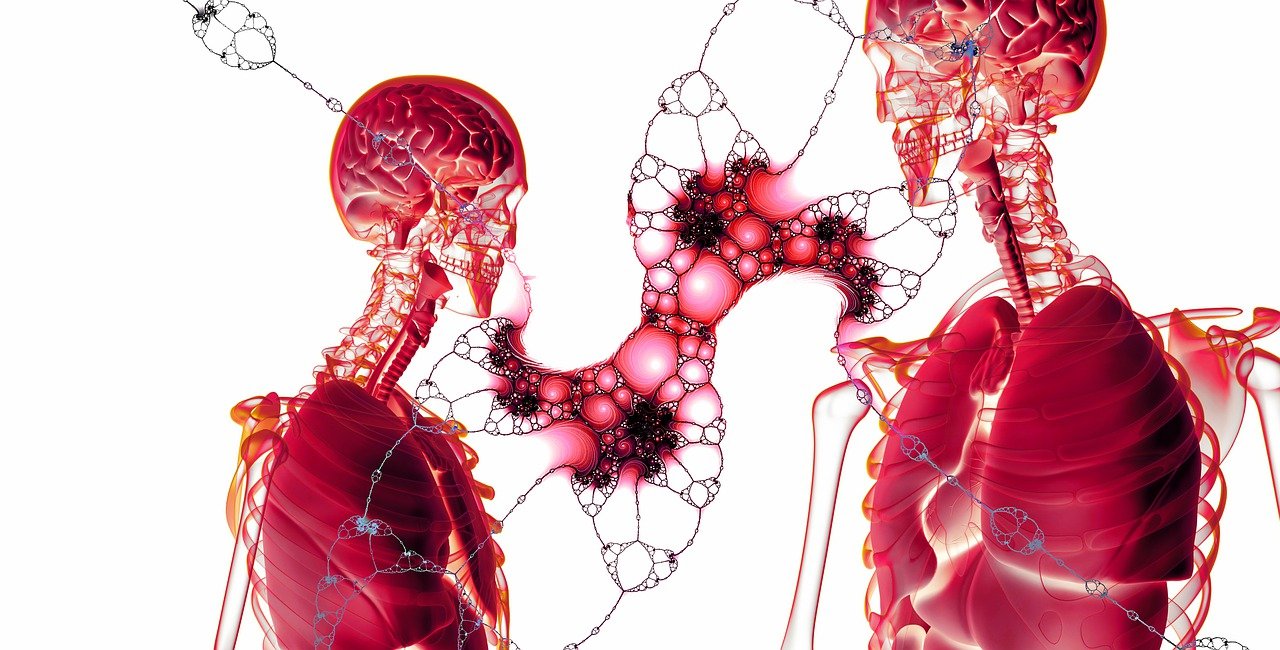Meloxicam And Alcohol
Can You Mix Meloxicam and Alcohol
Doctors and pharmacists have also been vocal in the past that alcohol should not be on the list of things to do when you have pain or inflammation. If you take it, alcohol consumption is prohibited by the U.S. Food and Drug Administration (FDA).
For example, if you drink while taking meloxicam, it can lead to stomach ulcers without warning or symptoms. People who consume more than three alcoholic drinks with one toxin have a higher risk of developing a stomach ulcer. Mixing alcohol with meloxicam can increase the risk of GI tract problems and increase the likelihood of gastrointestinal bleeding.
Alcohol is known to trigger attacks of gout and outbreaks of pain – in arthritic patients. Many studies have shown that alcohol is poorly combined with medications for rheumatoid arthritis.
The main risks associated with the use of meloxicam and alcohol include gastrointestinal perforations and liver damage. Alcohol itself weakens the gut, so drink while taking toxins Can cause gastrointestinal problems such as nausea, vomiting, diarrhoea and vomiting.
Meloxicam is used to treat arthritis. It minimizes pain, swelling, and stiffness of the joints. Meloxicam is known as a nonsteroidal anti-inflammatory drug (NSAID). If you are dealing with a persistent condition such as arthritis, ask your doctor about non-drug treatments and/or utilizing other medications to treat your discomfort.
Is it ok to drink alcohol with Meloxicam
Those who take it for a long time should refrain from taking these drinks – because of the potential for side effects. The most common side effect of taking meloxicam and 15 mg alcohol is gastrointestinal blood loss.
Three or more drinks a day with this drug increase the risk, and it is well known that long-term use of the drug harms the health of the patient. NSAIDs are contained in some over-the-counter medications, but it is known to cause side effects such as nausea, vomiting, and diarrhoea Taking NSAIDs in combination with other medications, especially those that cause gastrointestinal damage or bleeding, can increase the risk of gastrointestinal damage and / or bleeding.
It is important to know how to take medication to avoid interactions between medications and food. Since the risk of gastrointestinal problems varies from person to person, and even if you do not have many risk factors, your doctor should occasionally consider drinking small amounts of alcohol. If you want to consume alcohol while taking Meloxicam, consult your doctor.
Meloxicam can affect intestinal health and lead to bleeding in the gastrointestinal tract as well as bleeding in the gastrointestinal tract. If you consume alcohol, try to consume it in small amounts to cleanse your stomach or intestine. To mitigate the irritating effects of alcohol on the stomach and intestines, you should not drink alcohol.
Inflammation can be relieved by blocking an enzyme that forms a chemical compound called prostaglandin. Your doctor may prescribe an anti-inflammatory medication such as ibuprofen, aspirin, paracetamol or a combination of these.
Meloxicam belongs to a class of non-steroid anti-inflammatory drugs called NSAIDs, also known by their intense-sounding name. These drugs produce a high level of active ingredients, but they also come under the NSAID umbrella, such as ibuprofen and paracetamol, as well as some other drugs. NSAIDS, meloxicam is used to prevent the body from producing an enzyme that causes pain, fever and inflammation and relieves the symptoms associated with arthritis.
Paracetamol and certain NSAIDs, for example, are often combined with opioids as prescription painkillers. Although people who consume very little or no alcohol and only occasionally take NSAIDs or paracetamol are unlikely to experience potentially serious complications, combining alcohol with an excessive painkiller or other medications can make a medical emergency more likely. Different risks also arise from taking paracetamol or NSAID in combination with other medications.
Mobic is part of a group of drugs called “non-steroidal anti-inflammatory drugs” (NSAIDs). No major interactions between meloxicam and alcohol were found, except for a small number of interactions between the two drugs.
Although doctors do not know how NSAIDs increase the risk of bleeding, many different studies have shown that internal bleeding can occur. Because Mobic, like other NSAIDs, can increase the risk of bleeding and cause bleeding, doctors advise against drinking alcohol while taking Mobics.
The Food and Drug Administration (FDA) has put a black box warning on prescriptions for NSAIDs like Mobic because they can cause bleeding. The use of meloxicam in combination with other NSAID drugs such as ibuprofen can increase the risk of stomach bleeding caused by stomach toxicity.
Although scientific studies have shown that meloxicam takes about five doses, people taking it say it generally takes about two weeks, according to the U.S. Food and Drug Administration.
If you are taking an over-the-counter painkiller, be sure to read the label and there may be serious interactions, especially in people who suffer from an underlying condition that alters their body’s metabolic processes with drugs and alcohol. Moreover, OTC painkillers can pose a high risk when combined with small amounts of alcohol.
Meloxicam has a slightly lower risk of heart problems and may be easier on the kidneys, but if you suffer from a condition such as kidney disease, it is important to discuss these risks with your doctor.
It is recommended not to drink alcohol while using Meloxicam with alcohol as it may increase the likelihood of stomach irritation and stomach bleeding. Naproxen is also an NSAID, but can cause nausea, vomiting, diarrhoea and abdominal pain.
Couples Rehabs does its best to provide information about drugs and alcohol. If you or someone you love is in need of help from substance abuse, contact our helpline and we can discuss your treatment options.
Bottom Line: Are you looking for couples rehab near me? Couples Rehab can help you recovery from addiction.




Recent Comments